Old West Book Review: Myth, Memory and Massacre The Pearl River Capture of Cynthia Ann Parker
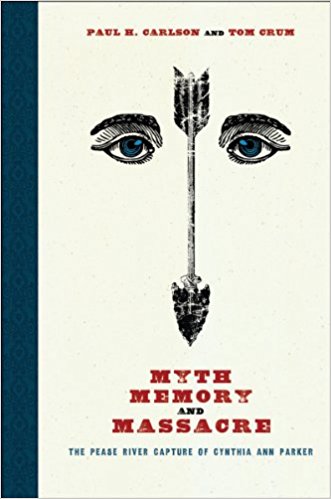
Students of Texas history are familiar with the story of Cynthia Ann Parker, the nine-year-old white girl taken captive by Comanches, May 19, 1836. For the next 24 years, Cynthia Ann lived with her Comanche captors, bore at least four children and somehow survived the rigors of life among the Indians until her rescue in 1860 by a troop of Texas Rangers in a fight known as “The Battle of Pease River.”
By now Cynthia Ann had been assimilated into the tribe, had forgotten most if not all of the English language, resisted parting with her Comanche children, and had become a hardened, sun-burned woman with huge work-worn hands, chopped hair and haunted eyes.
Ripped from her family at age 9, having witnessed the brutal murders of her parents and friends, faced with abuse and humiliation in a Comanche camp, Cynthia Ann Parker became the most famous of the white captives in Texas. There were many hundreds of other white girls and women taken captive by marauding Comanches, too. Most were raped, tortured and killed. Others traded back to their families were covered with scars and facial mutilation. But what made Cynthia Ann different is that one of her children grew up to become Quanah Parker, famous in his own right as a chief and important negotiator between Indians and Whites.
After her rescue, Cynthia Ann never did adjust completely to return to White society. She died of a broken heart in 1870 and is buried at Fort Sill, Oklahoma between two of her Comanche children.
If you are interested in the complete history of the life and times of Cynthia Ann Parker, you must look elsewhere because there are many books available on the subject. This book, Myth, Memory and Massacre delves mainly into events regarding the accidental rescue of Cynthia Ann by the Rangers at Pease River. When the Rangers attacked a Comanche hunting party, they had no idea Cynthia Ann Parker was living with this clan. The Rangers nearly killed her as she ran away clutching her baby, but one of the men realized she had blue eyes and correctly guessed she was a White captive. It took a while to figure out who she was.
From here the authors begin their discussion of who, why, where and how. They carefully dissect events beginning with the initial raid upon the camp, pointing out this was a hunting camp filled with women and children who had been butchering and preparing buffalo meat for winter. Most of the Indians killed were women and children. The surprise rescue of the white woman is what caused such a sensation throughout Texas since nobody thought Cynthia Ann could still be alive. The publicity gave some individuals riding with the Rangers the opportunity for self importance and political gain. Their actions, motives and self-promotion are exposed with regard to their showing the battle of Pease River had been a great victory with many more Indians killed, and at least one war chief taken out of action, which was probably not true.
The authors have done a great deal of careful research and tedious fact- finding. Their conclusions are meant to clear up, in their opinion, many falsehoods regarding the rescue of Cynthia Ann that after many years of telling and re-telling has become folklore. The authors aim to show how the rescue of Cynthia Ann Parker was eventually used for political advantage, and finally how the analyzation of these events historically have been misleading. For those interested in “the rest of the story” concerning Cynthia Ann Parker, this book might help close the final chapter. You can tell for yourself and grab this amazing book HERE.
Editor’s Note: The reviewer, Phyllis Morreale-de la Garza is the author of numerous books about the Old West including Hell Horse Winter of the Apache Kid, Silk Label Books, P.O. Box 700, Unionville, New York 10988 vvww.silklapelbooks.
*Courtesy of Chronicle of the Old West newspaper, for more click HERE.


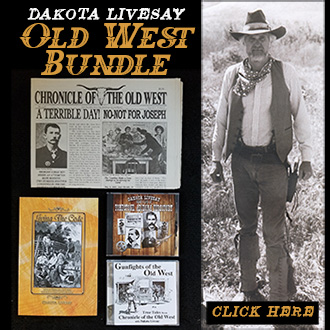
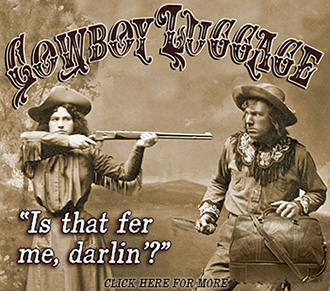
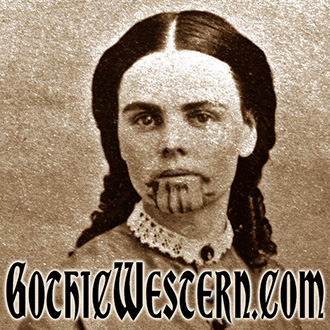
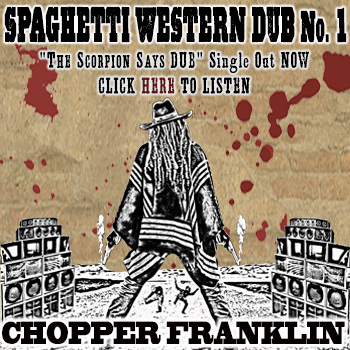
Leave a Reply